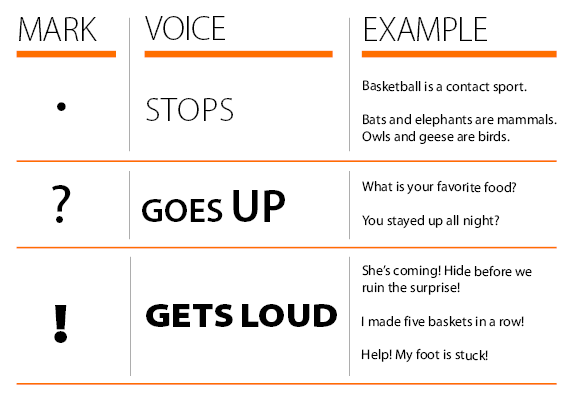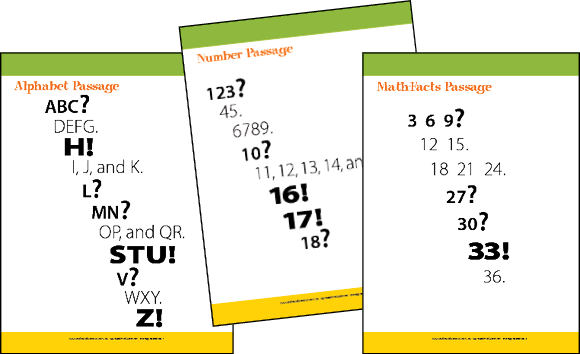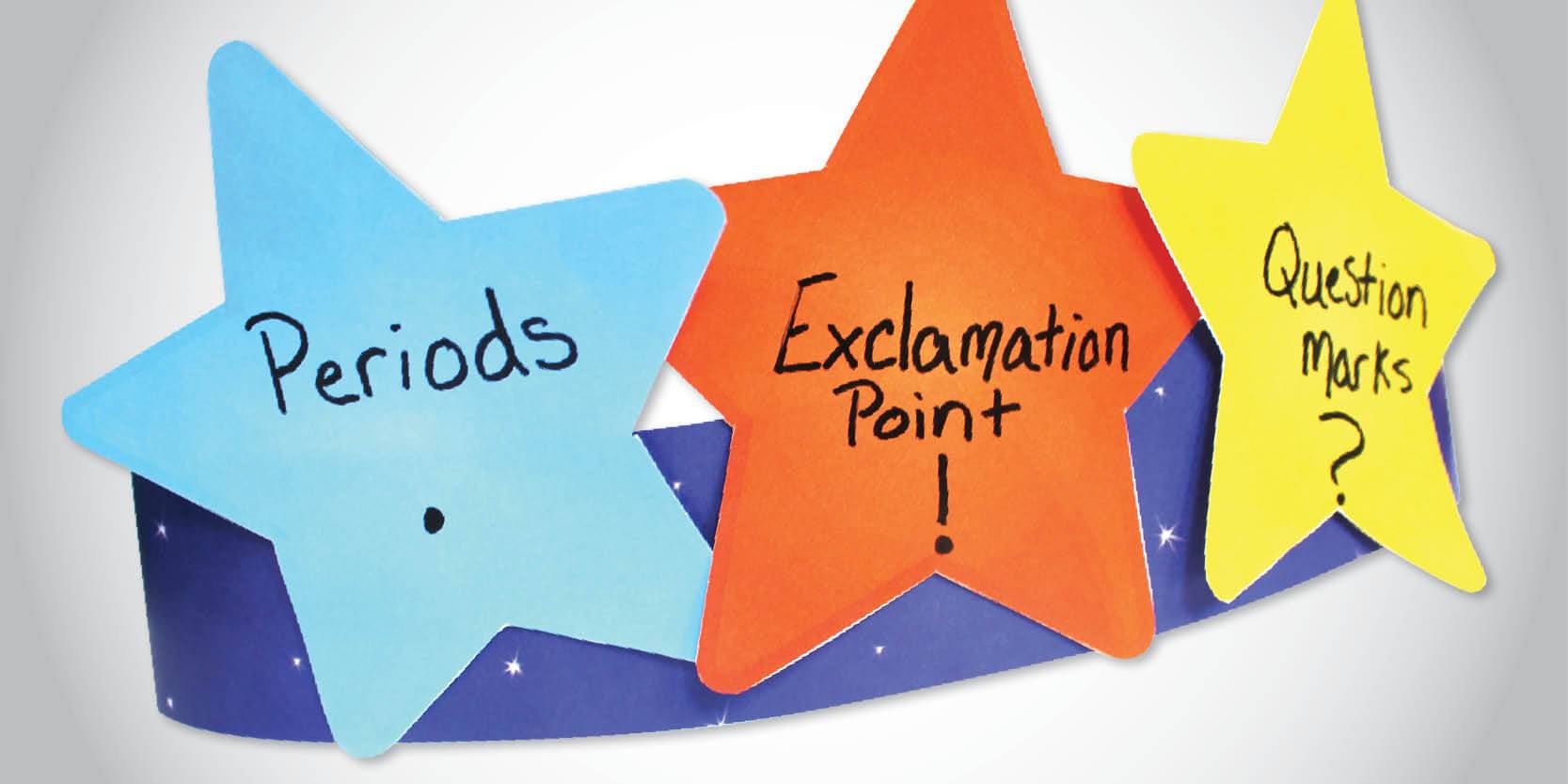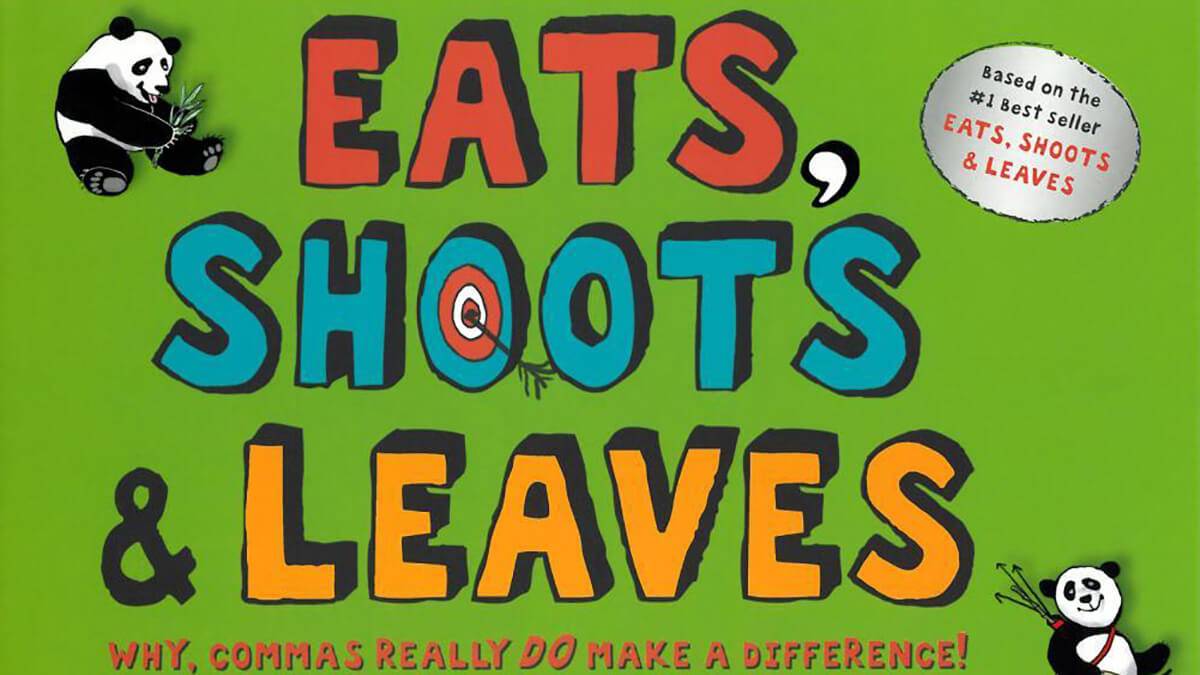Learning Center
reading
Hear punctuation to improve reading & writing fluency
october 9, 2023
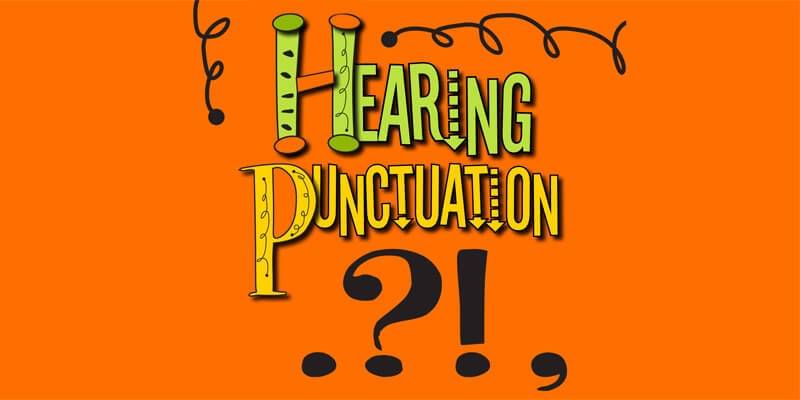
 Fluency instruction includes more than reading rate and expression. Students need explicit instruction and practice on phrasing. They need to learn how to break sentences into word groupings and attend to punctuation marks when reading. Weak readers tend to read right through punctuation marks, never stopping, pausing, or taking a breath. And students who don’t attend to punctuation as a reader—are the same ones who don’t include them within their own writing.
Fluency instruction includes more than reading rate and expression. Students need explicit instruction and practice on phrasing. They need to learn how to break sentences into word groupings and attend to punctuation marks when reading. Weak readers tend to read right through punctuation marks, never stopping, pausing, or taking a breath. And students who don’t attend to punctuation as a reader—are the same ones who don’t include them within their own writing.
Support students with direct instruction about how the end marks affect the reader’s voice. The voice stops at periods. The voice goes up at question marks. The voice gets louder at exclamation points.
Strategies to support READING fluency
1. Eliminate the need to decode by choral reading with various “alphabet passages.”
2. Repeat the same process with “number passages.”
3. For added practice, have students generate their own “alphabet passages” or “number passages” that target various math facts. They can be read aloud by peers.
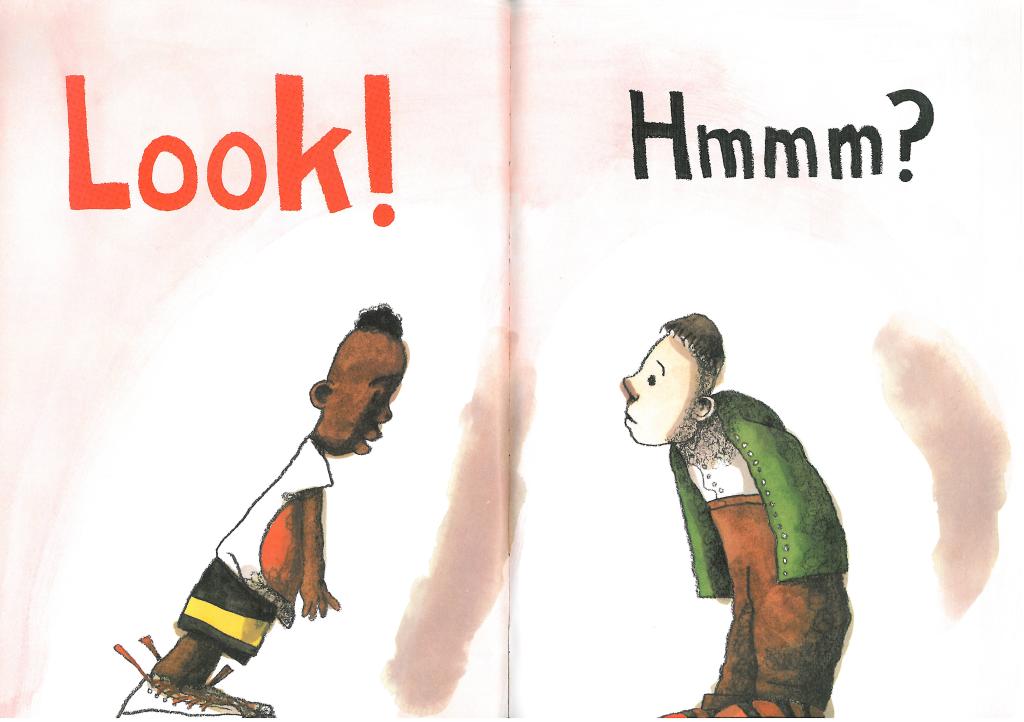 4. Break the class into two groups and read aloud the picture book Yo! Yes? by Chris Raschka. (Half the class reads the voice of the character on the left-hand pages. Half the class reads the voice of the character on the right-hand pages.) The entire story is written in a series of short sentences with powerful punctuation marks. Let the students practice reading and manipulating their voices.
4. Break the class into two groups and read aloud the picture book Yo! Yes? by Chris Raschka. (Half the class reads the voice of the character on the left-hand pages. Half the class reads the voice of the character on the right-hand pages.) The entire story is written in a series of short sentences with powerful punctuation marks. Let the students practice reading and manipulating their voices.
5. Move beyond short, simple sentences to practicing phrasing and punctuation reading by choral reading poems.
Strategies to support WRITING fluency
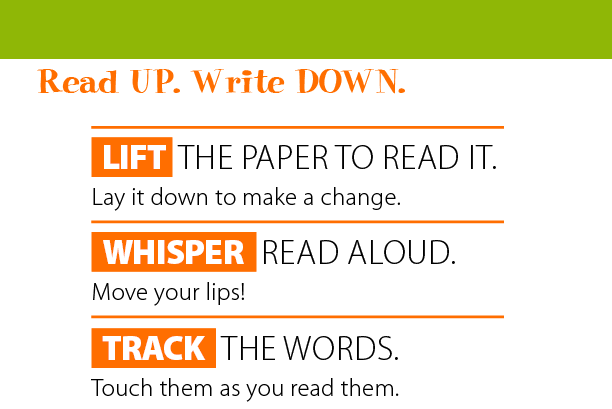 6. Acknowledge self-editing for punctuation is difficult. Therefore, writers need to learn how to Read up (like readers) & Write down (like writers).
6. Acknowledge self-editing for punctuation is difficult. Therefore, writers need to learn how to Read up (like readers) & Write down (like writers).
7. Introduce inside-the-sentence punctuation marks and type styles that also impact fluency (e.g., commas, parentheses, semi-colons, ellipses, quotation marks, bold text, italicized text, etc.).
8. Assign students to read aloud their own previous writings, editing for appropriate punctuation at the END and WITHIN sentences.
Kindergarten teacher Mackenzi Braun, from Monroe Central Elementary (Parker City, IN), added giant, colorful editing glasses to the process! Thank you for sharing the video and your colorful chart paper!

